Moon Surface Minerals
Posted: 17 July 2024
Sunday, 14 July 2024, clouded up late in the afternoon. Very little smoke from the Freeman Fire was visible with the fire reported at 32,568 acres, 65% containment. Shortly before sunset, a thunderstorm came through (0.12" rain). In typical Monsoon Season pattern, Monday, 15 July, began mostly clear but clouded up late in the afternoon. No smoke from the fire was visible. Monsoon Season took a short break here on Tuesday, 16 July.
|
Open: Tuesday, 16 July 2024, 1905 MST Temperature: 88°F |
Session: 1997 Conditions: Mostly clear |
Equipment:
12" f/8 LX600 w/StarLock
2" 24mm UWA eyepiece
Focal reducer
Camera:
iPhone 15 Pro Max
D850 DSLR
1910 MST: Dome Cover OFF. Normally, I would have rolled up the Dome Cover and put it inside the observatory. But since Monsoon storm forecasts were still in the forecasts for the coming days, I just pulled the cover off the dome onto the PZT.
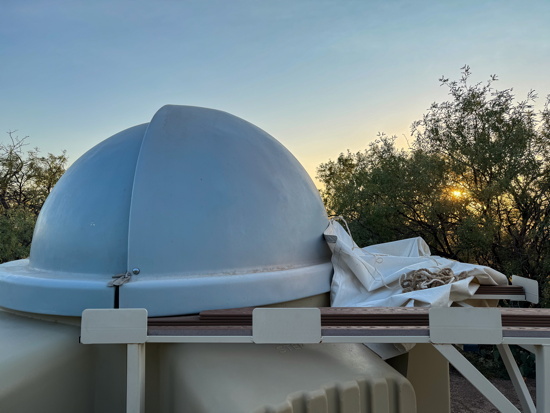
1915 MST: LX600 ON, StarLock OFF, High Precision OFF.
Slewed to the planet Mercury, low in the western sky. It was not yet visible in the bright sky.
Skewed to the planet Venus, very low in the western sky. It was behind a tree and not visible.
Prepared the D850 DSLR for Moon imaging.
1924 MST: Viewed Venus, 102X, through tree branches. The fully illuminated disk was visible. I took this quick handheld iPhone 15 Pro Max afocal 102X image of Venus using NightCap Camera (ISO 55, 1/120sec, 1X lens).
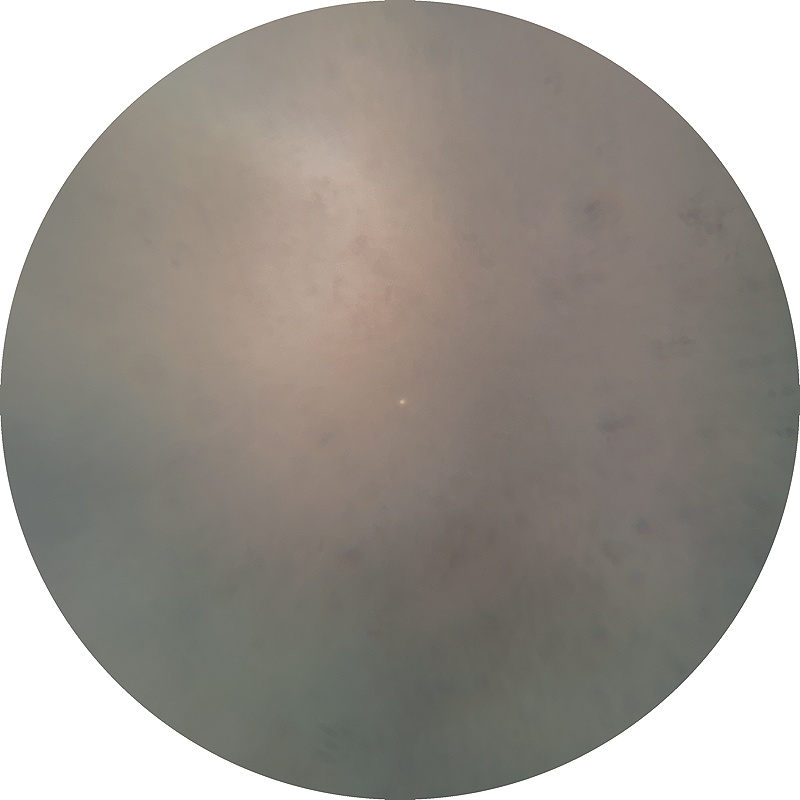
1930 MST: As sunset approached, a Monsoon thunderstorm to the northeast was very impressive, as seen in this iPhone photo (2X lens).
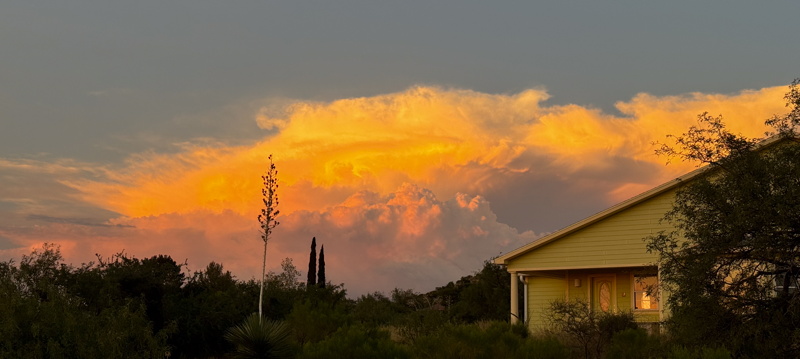
1934 MST: Sunset.
1946 MST: Viewed Mercury, 102X. The disk was about 50% illuminated. I took this handheld iPhone afocal 102X image using NightCap Camera (ISO 320, 1/200sec, 1X lens).
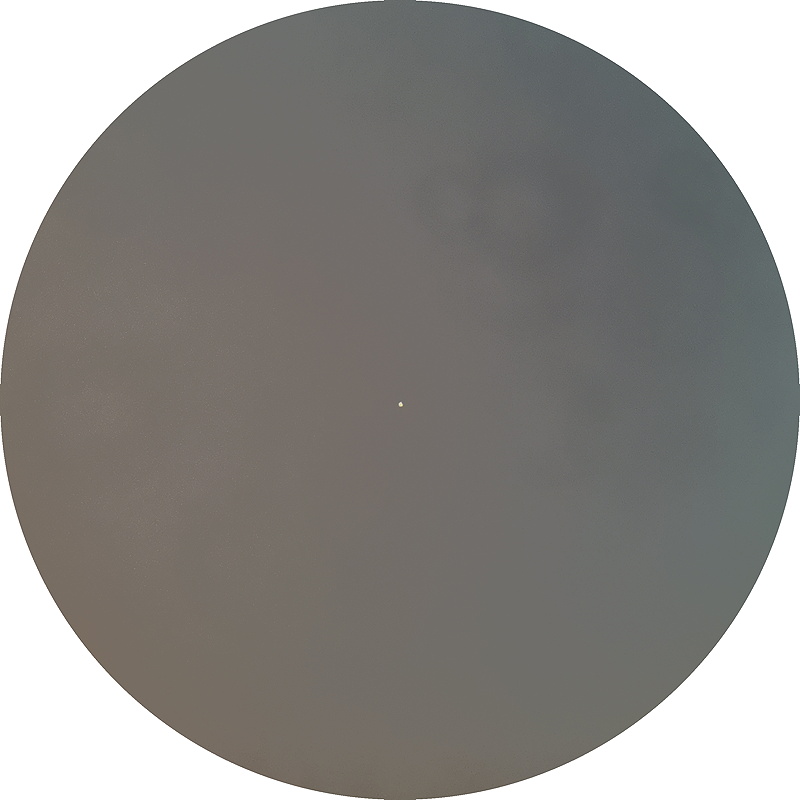
I then viewed the waxing gibbous Moon, 102X.
Mounted the D850 DSLR at prime focus + focal reducer. I took several images of the Moon at various color temperatures and exposures. This high saturated cropped image was taken at 1/250sec, ISO 100, White Balance Auto. It clearly shows different minerals on the lunar surface. Blue shows areas high in ilmenite (iron, oxygen, and titanium). Orange shows areas poor in titanium and iron.
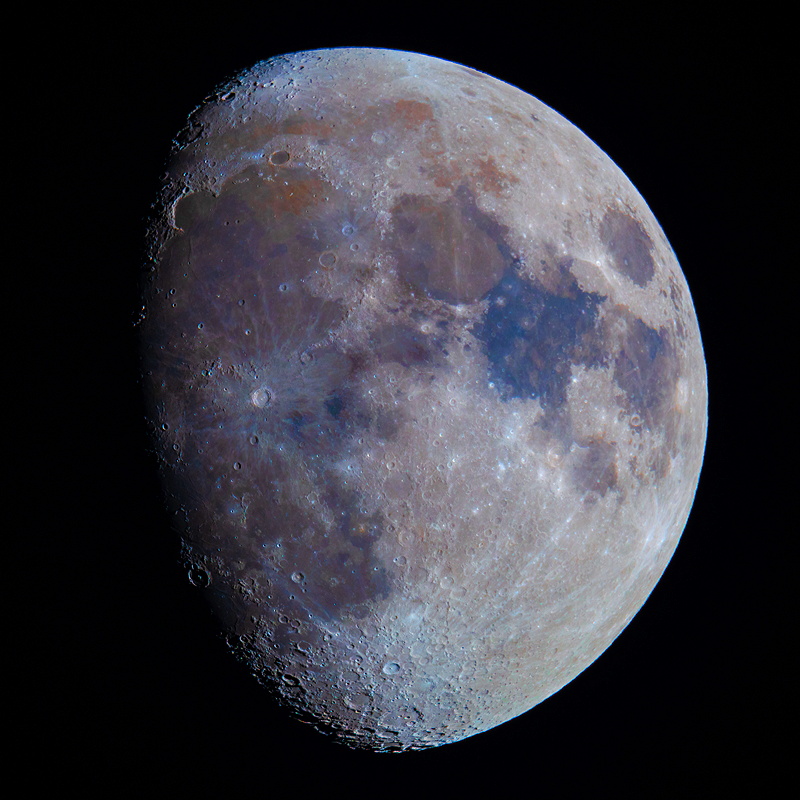
I then viewed the Moon again, 102X.
2004 MST: LX600 OFF.
2014 MST: Dome Cover ON.
|
Close: Tuesday, 16 July 2024, 2017 MST Temperature: 84°F |
Session Length: 1h 12m Conditions: Mostly clear |
Comments are welcome using Email. Please read the Email Etiquette guidance.
Cassiopeia Observatory Home Page
Copyright ©2024 Michael L. Weasner / mweasner@mac.com.
URL = http://www.weasner.com/co/Reports/2024/07/17/index.html
